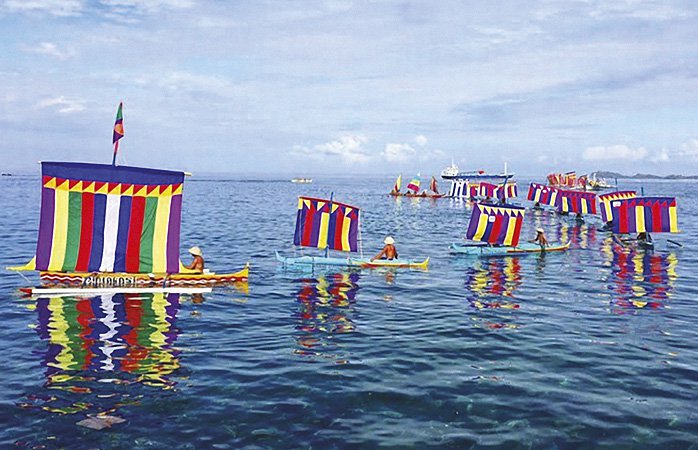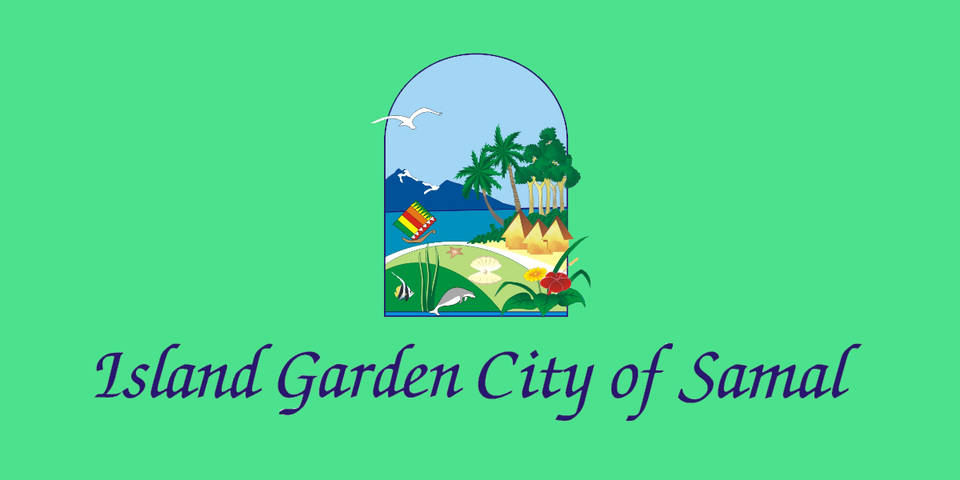
Before the resorts and road trippers, before Samal became the Island Garden City, it was home to native groups whose rich culture shaped the island’s identity.
Continue reading History of Samal’s Native People and Their CultureEtiquette, customs, local language, and things to know before you go.

Before the resorts and road trippers, before Samal became the Island Garden City, it was home to native groups whose rich culture shaped the island’s identity.
Continue reading History of Samal’s Native People and Their Culture
The Island Garden City of Samal, or IGaCoS, is more than just a tropical escape. Its unique name sparks curiosity: why “Island Garden City”? What makes it different from other islands in the Philippines? Let’s dive into the story behind the name and what it means for locals and visitors alike.
Continue reading Why is Samal Called the Island Garden City?